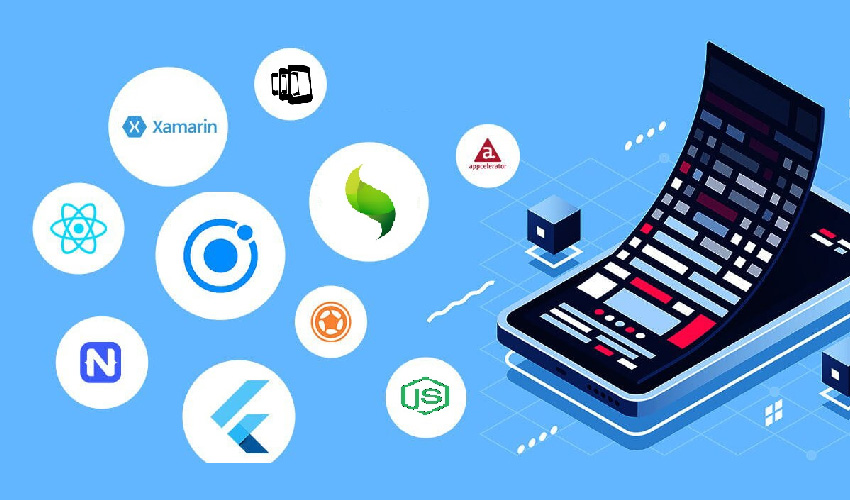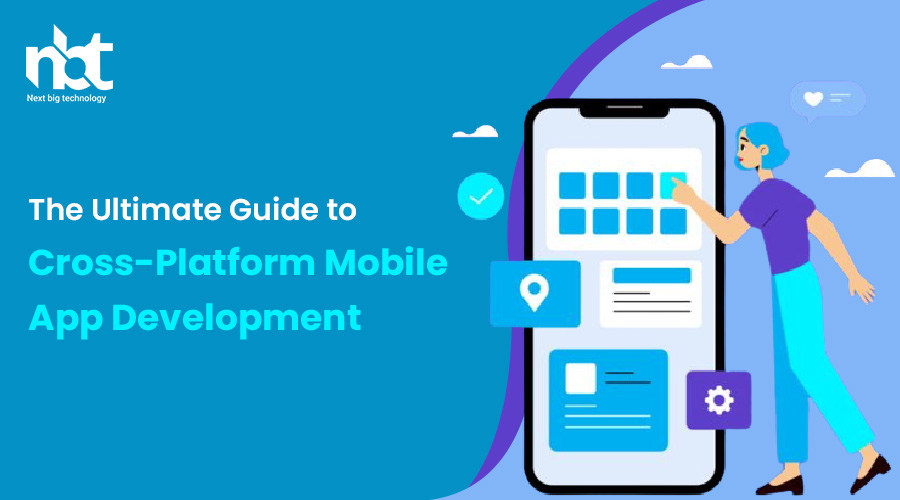Table of Contents
Introduction to Cross-Platform App Development

Understanding Cross-Platform Development
Cross-platform development is the process of creating mobile applications that can operate seamlessly on multiple platforms, like iOS and Android, using a single codebase. This approach offers numerous advantages, making it a popular choice for businesses and developers.
Why Choose Cross-Platform Development?
Cross-platform development saves time, money, and resources by eliminating the need to build separate apps for each operating system. It ensures consistency across platforms, simplifies maintenance, and broadens your app’s reach.
Advantages of Cross-Platform Development

Cost Efficiency
Developing a single codebase for multiple platforms reduces development costs significantly. This efficiency is especially important for startups and businesses on a budget.
Faster Development
Cross-platform development accelerates the development process. Changes or updates can be applied universally, saving time and effort.
Wider Reach
Your app can reach a larger audience when it’s available on multiple platforms, potentially increasing your user base.
Key Considerations Before Getting Started
Choosing the Right Framework
Selecting the appropriate development framework is crucial. The choice depends on factors like project requirements and your team’s familiarity with the framework.
User Experience (UX) Challenges
Ensuring a consistent and high-quality user experience across different platforms can be challenging. Careful planning and design are essential.
In the next sections, we will explore popular cross-platform development frameworks and tools.
Popular Cross-Platform Development Frameworks

React Native
React Native is a widely used framework that allows you to build mobile apps using JavaScript and React. It’s known for its performance and extensive library support.
Flutter
Flutter, developed by Google, uses Dart programming language. It’s highly regarded for its customizable widgets and expressive UI.
Xamarin
Xamarin uses C# for app development and provides a rich set of libraries and tools. It’s ideal for developers familiar with C#.
Ionic
Ionic is a framework for building web-based mobile apps with HTML, CSS, and JavaScript. It’s a cost-effective solution for web developers.
Development Tools for Cross-Platform Apps
Integrated Development Environments (IDEs)
IDEs like Visual Studio Code and Android Studio offer features tailored for cross-platform development.
Version Control Systems
Git and GitHub help manage and collaborate on code, ensuring the project’s integrity.
Stay tuned for more information on coding, testing, and design for cross-platform apps in the upcoming sections.
Coding for Cross-Platform Development
Developers should write code in a platform-agnostic manner, ensuring that it functions well across various operating systems. However, there may be situations where platform-specific features need to be incorporated.
Writing in a Platform-Agnostic Manner
Utilizing libraries and frameworks that support cross-platform development ensures that code remains consistent and compatible.
Implementing Platform-Specific Features
For features unique to a particular platform, such as using Android intents or iOS-specific APIs, developers can create platform-specific code within the shared codebase.
This guide will explore more aspects of cross-platform development in detail. Upcoming sections will delve into testing, user interface design, performance optimization, and security considerations. We’ll also discuss the challenges and limitations associated with this approach and compare it to native development.
Testing and Debugging
Ensuring Cross-Platform Compatibility
Testing is a critical phase of cross-platform development. It involves checking your app’s functionality and performance across different devices and operating systems.
Emulators and Simulators
Emulators and simulators replicate various devices and operating systems, allowing developers to test their apps in a controlled environment.
User Interface (UI) Design for Cross-Platform Apps

Maintaining Consistency
Consistency in UI design is vital for cross-platform apps. It ensures a seamless user experience regardless of the device or operating system.
Adapting to Different Screen Sizes
Designing responsive interfaces that adjust to different screen sizes is a key part of cross-platform development.
Optimizing Performance
Reducing Load Times
A slow app can drive users away. Performance optimization is crucial to keep your users engaged and satisfied.
Efficient Resource Management
Managing resources like memory and CPU usage efficiently is essential for a smooth user experience.
Security and Data Protection
Handling Sensitive Data
Cross-platform apps often deal with sensitive user information. Proper security measures are necessary to protect this data.
Encryption and Authentication
Implementing encryption and secure authentication methods ensures the confidentiality and integrity of user data.
Deployment and Distribution
App Store Guidelines
Adhering to app store guidelines is critical for successful deployment. Familiarize yourself with the rules and requirements of platforms like the App Store and Google Play.
Updating and Maintaining Your App

Regular updates and maintenance are essential to address issues, add new features, and improve your app based on user feedback.
User Feedback and Improvement
User Ratings and Reviews
User feedback, ratings, and reviews are valuable for making improvements to your app. Listen to your users and respond to their needs.
Agile Development Principles
Following agile development principles allows for flexibility and responsiveness in making changes and updates.
Challenges and Limitations of Cross-Platform Development
Native Features Integration
Integrating native features unique to each platform can be challenging, and it may require additional development effort.
Performance Differences
Performance may vary between platforms due to differences in device capabilities and operating systems. Optimization is necessary to address these disparities.
Comparing Native vs. Cross-Platform Development

When to Choose Native Development
In some cases, native development may be the better choice, particularly for apps that heavily rely on platform-specific features.
Pros and Cons
Explore the advantages and disadvantages of cross-platform and native development to make informed decisions for your projects.
Conclusion
In conclusion, cross-platform mobile app development offers a cost-effective and efficient way to reach a broader audience. By using a single codebase and choosing the right development framework, you can create high-quality apps for both iOS and Android. However, it’s essential to consider the specific requirements of your project and the advantages and limitations of cross-platform development.
Thanks for reading our post “The Ultimate Guide to Cross-Platform Mobile App Development”. Please connect with us to know more about Cross-Platform Mobile App Development.










